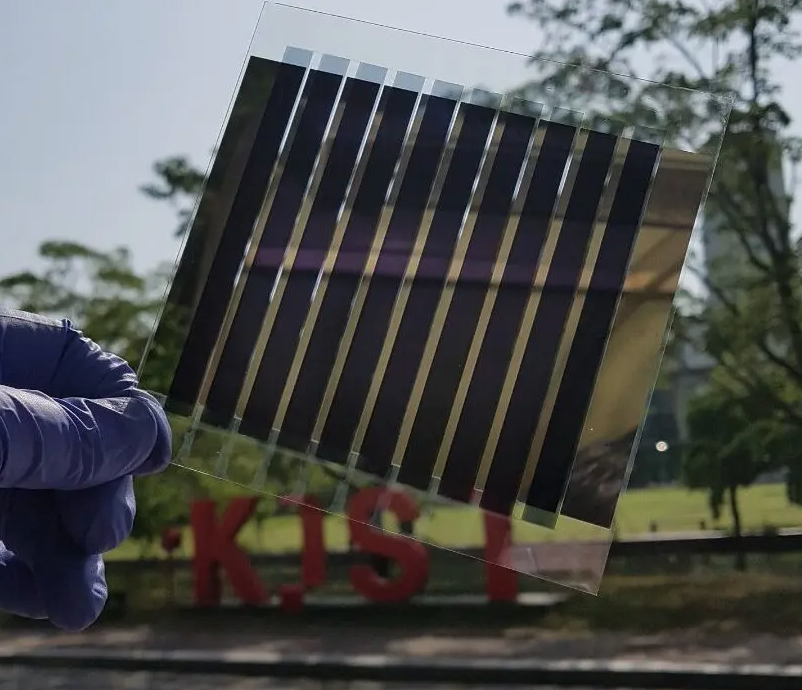(Sustainabilityenvironment.com) – Being able to print solar cells is one of the great advantages of organic photovoltaics, together with low costs and eco-compatibility of materials. For this solar segment, however, there are still great obstacles both in terms of production and performance. Starting with the difficulty of extending the photoactive area, the part of the cell that absorbs sunlight by converting it into electricity. At the laboratory level, in fact, 0.1 cm2 of photoactive layer can give the best of this technology. But switching to resignations suitable for marketing and practical application, is challenging and can lead to a degradation of performance.
The research group led by Dr Hae Jung Son of the Korea Institute of Science and Technology (KIST) discovered the factors behind this deterioration and created a counter recipe to print efficient and stable large-scale organic solar cells. The secret ingredient? A new polymer additive material.
Read also Lightweight photovoltaic modules: Sharp brings efficiency to 32.65%
The problem of organic photovoltaics lies in the production process. Spin coating or rotation coating is used on the laboratory scale to produce photoactive layers. Simply put, a solution is deposited – containing in this case photoactive organic molecules – on a substrate that is then rotated at high speed. The process allows to optimize the distribution of molecules and evaporate the solvent. Over large areas, however, the rate of evaporation is too slow, giving rise to aggregations between materials.
The polymer additive, created by Korean scientists, prevents this phenomenon by interacting with the same organic molecules. Moreover, thanks to a nanometer level structure control, it is possible to improve the performance and stability of solar cells. The team achieved a module efficiency of 14.7%, with a yield increase of 23.5% compared to conventional systems. Efficiency has been maintained over 84% of the initial value for 1,000 hours, even in a heated environment at 85°C. The results have been published in Nano Energy.

